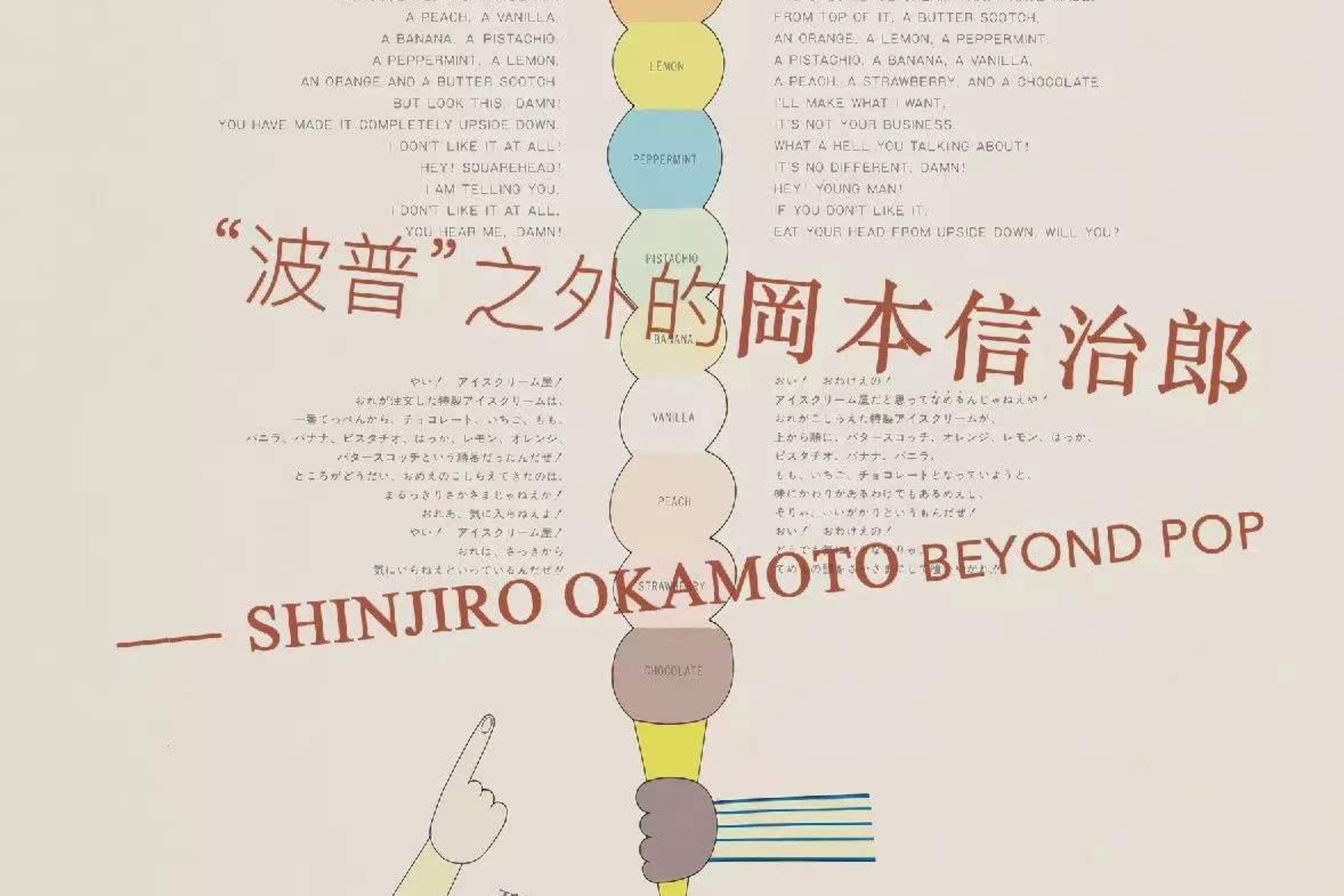Beijing
Shinjiro Okamoto OKASHIN – Shinjiro Okamoto Beyond POP
2021/7/24–9/10
Tokyo Gallery + BTAP is proud to announce our 2nd exhibition in commemoration of Japanese artist Shinjiro Okamoto, to be held from July 24 through September 10, 2021. The 1st installment – held in 2020 – treated visitors to a chronological overview of this Japanese Pop Art pioneer, who earned his spurs in Japan’s post-war contemporary art scene and ended up becoming a major inspiration to subsequent generations. With a prolific body of work spanning sixty-odd years and a consistently idiosyncratic style, Shinjiro Okamoto far exceeded the scope of ‘Pop Art’ and managed to create a league of his own.
Among others, this exhibition will showcase a limited edition lithograph of Betty Boop’s Country, a series completed in 1974; 2 (sets of) works taken from the 1980 series of ‘light and shadows converging’; the 1986 piece Big Moving Picture ; and an exceptional piece entitled Laughing Chūshingura, completed as part of Okamoto’s 1990 series of ‘laughing paintings’. Conceived at different stages of Shinjiro Okamoto’s career and thus widely divergent in style, these works bypass the formal confines imposed by the term ‘Pop Art’, thus allowing visitors a fresher and more rounded look at the artist. They also demonstrate how Okamoto was able to develop his ‘Okashin universe’ around a comprehensive artistic system, relying solely on his own abilities and beliefs to do so.
The artist referred to himself as ‘Okashin’, an amalgamation of the first parts of his surname and given name. He took pleasure in using it as an umbrella term for all things related to his person: Mr. Okashin, the Okashin collection, the Okashin aesthetic, Okashin art, ... Having been born in Tokyo in 1933 and grown up in the district of Kanda-Ogawamachi as a ‘Tokyo youth’, a true ‘Edo native’, the young Okamoto experienced the Shōwa era, a period during which the economy and popular culture flourished, and which is regarded as the pinnacle of glory for the Japanese people. These experiences not only gave shape to Okamoto’s later expressive style, but also helped form his expressive lexicon. As he himself put it: ‘The Okashin aesthetic seems simple at first glance, but it is actually complex, combining Edo-style shades of meaning with a general bullheadedness. This results in images stripped bare, bearing no trace of shade. Simplicity, abstraction, flat lines, and the likes. I hope to produce an entertaining environment, but one that does not pander to the viewer. Mine is an anti-humanist, anti-bourgeois everyday sort of painting, an exotic, pure, Japanese painting.’
Historically speaking, Okamoto’s art is a reflection of Japan’s subcultural abundance prior to WWII, as well as the artist’s critique of social reform and economic recovery in post-war Japan. Okamoto took forms and techniques originating in Japan’s pre-war pop culture and integrated them into his own expressive language, signaling his ardent passion and sentiment for these cultural elements. Under the guise of bright, cacophonous yet serene cartoonish shapes, the artist smuggles in the subject of his critique, namely the hollowness of modern society.
This exhibition will be on show from July 24 through September 10, 2021. We look forward to your attendance.




